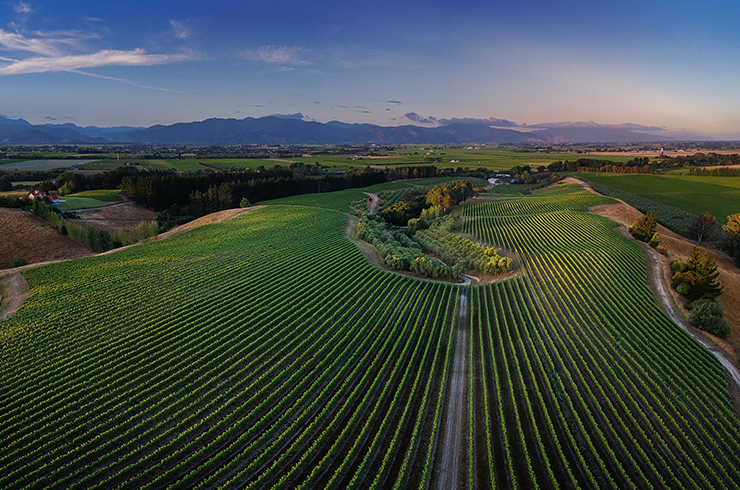Booze buses are always interesting. The past two years running, during the thick of tastings for the annual Halliday Wine Companion guide, I’ve been nabbed after a morning of tasting.
The daily routine through the course of summer:
wake up
have coffee
login and start tasting
have a bite to eat
watch forlornly as my wife and kids head out into the bright beautiful sunshine for endless fun, games, swimming and cake
trudge back into the wine cave/garage for more tasting
break again before the afternoon’s tasting begins
rinse, literally, and repeat.
A break inevitably means ‘taking a pile of cardboard to the recycling centre’, and so off I go. Which is how we come to this conversation:
Policeman: “Morning driver, you had anything to drink today?”
CM: “Yes and no.”
Policeman: “What does that mean?”
CM: “Well, I’ve had about 40 or 50 glasses of cabernet this morning. And maybe a dozen chardonnays. And yesterday afternoon I went through 65-odd glasses of pinot noir.”
Policeman: “Geez, how do I get a job like that?”
CM: “That’s the bad news.”
Policeman: “What’s the good news?”
CM: “I didn’t swallow any of them.”
Policeman: “We’ll see about that.”
And so I blow into the tube and then hold my breath for the result. The trick when tasting wine in volume is of course to make sure you never swallow anything. Some wines, trust me, are much easier to spit than others. But no matter how vigilant you are, a little bit of alcohol will always seep through. This is why during the thick of tastings, when you taste large volumes of wines every day of the week for months on end, it can feel like you’re drowning in alcohol. And cardboard.
When people think of the idyllic life of the wine writer and how you get a job like this, they usually think you must have demonstrated somewhere along the line that you have a highly consistent palate and the word skills to describe what your palate is telling you. The truth is, such skills are just the beginning. To really survive and thrive in this business, you must have a far more humble ability. You need to know how to collapse cardboard boxes. Fast. And flat.
I kid you not. Every day from November through to February – and a little beyond – sees 30 or 40 or 50 boxes of wine arrive via courier. Or more. The doorbell rings so often it forms a song. That’s a lot of wine and a lot of cardboard. So much cardboard that the boxes, before they’ve been opened and collapsed, are stacked to well above head height. We’re talking Great Wall of China wine territory. During these months I put up a sign in my tasting room/garage: enter at own risk. Similarly, at this time of year I don’t go anywhere near an open flame: you could run a small car off my breath, particularly following a late-afternoon session (always left until last for palate-protection reasons) of tasting fortifieds. Between November to March each year, I have nightmares where I turn into a walking pilot light.
But back to the policeman. He shakes his head and says, on both occasions, two things: “I don’t know how you do it, but you’re 0.0.” And then, smiling suddenly, “What’s a good red under $20?”
Over the summer I taste thousands and thousands of wines. The great ones jump out at you; the worst ones haunt you. My gosh there are some shockers. But in the midst of it all, I’m so overwhelmed that I can never remember what I’ve tasted and what was good. “You’re going to have to read the book,” I say. “There are some rippers this year.”




